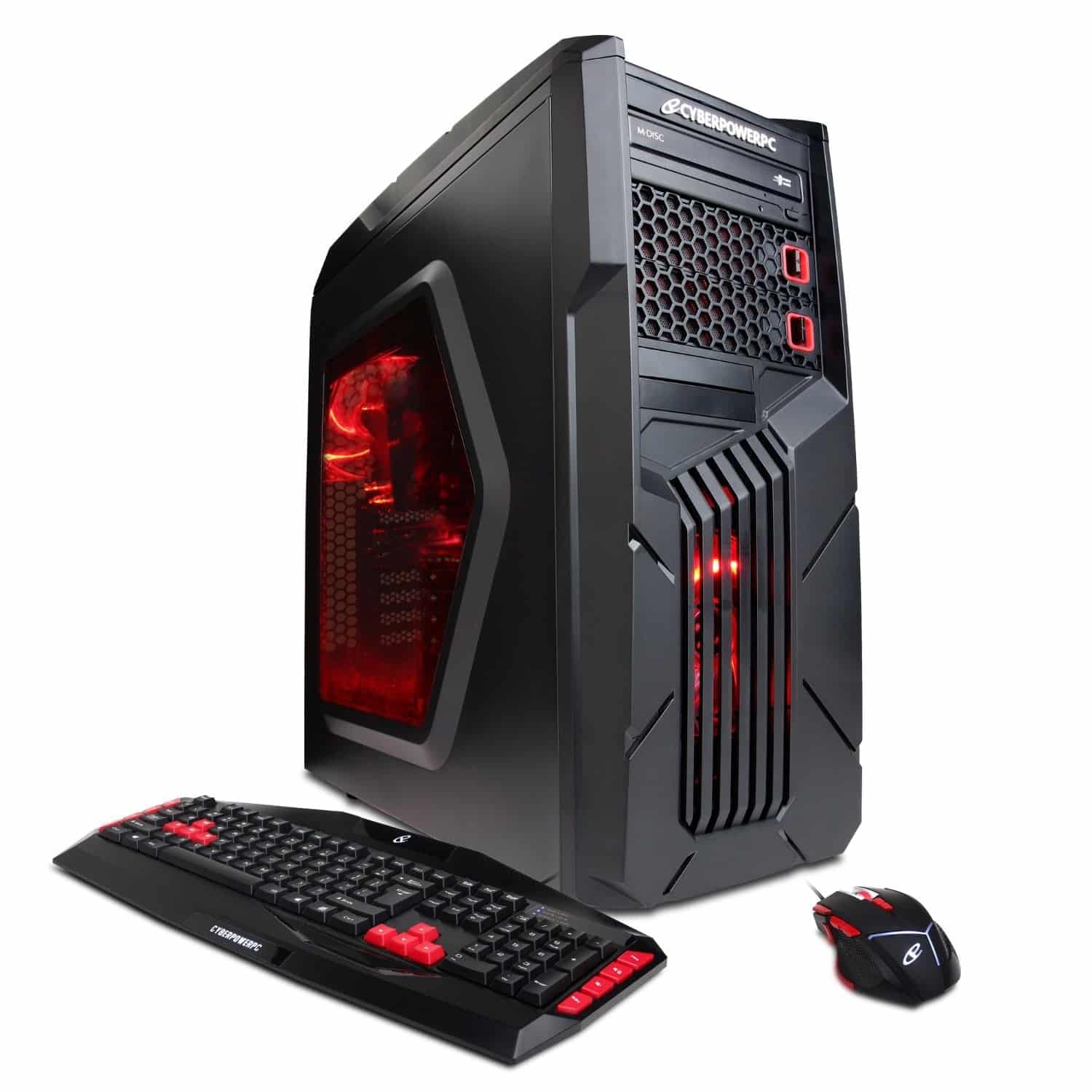
Defining Cheap Gaming PCs
Gaming pc cheap – The term “cheap” in the context of gaming PCs is relative and depends heavily on the desired performance level. A “cheap” gaming PC might offer entry-level gaming capabilities, suitable for older titles or less demanding games at lower resolutions, but it won’t match the performance of a high-end system.
Notice Betting results tracking for recommendations and other broad suggestions.
Price Ranges and Performance Implications
Budget gaming PCs typically fall into a price range where compromises in components are inevitable. Systems under $500 often feature integrated graphics or older generation GPUs, limiting the ability to play modern AAA games at high settings. Mid-range systems, between $500 and $1000, might offer a better balance of performance and features, allowing for more graphically intensive games at medium settings. The higher the price range, the more powerful the components and the higher the quality of the components and the better the performance.
Common Features and Components

- Integrated Graphics: Some budget PCs use integrated graphics processors instead of dedicated GPUs, severely limiting graphical fidelity and frame rates.
- Older Generation CPUs: These systems frequently utilize older CPU models, resulting in slower processing speeds and lower performance in demanding games.
- Limited RAM: 8GB of RAM is often the baseline, which may be sufficient for some older games but can quickly become a bottleneck for modern titles.
- Basic Storage: Hard disk drives (HDDs) are common, offering lower storage capacity compared to solid-state drives (SSDs), resulting in slower load times.
- Pre-built vs. Custom-built: Pre-built PCs often offer a more convenient solution but may include components that are not optimized for cost-effectiveness.
Trade-offs and Comparisons
Choosing a cheap gaming PC often involves trade-offs. While cost is a major advantage, performance limitations are a significant consideration. Component quality might be lower, potentially impacting reliability and longevity. Custom-built systems allow more control over component selection, but require more technical expertise.
Browse the multiple elements of Betting forums and chats to gain a more broad understanding.
| Brand | Typical Price Range | Key Features |
|---|---|---|
| Brand A | $400-$600 | Integrated graphics, older CPU, 8GB RAM |
| Brand B | $600-$800 | Dedicated GPU (older generation), 8-16GB RAM, SSD |
| Brand C | $800-$1000 | Mid-range GPU, 16GB RAM, SSD, Faster CPU |
Component Considerations for Cheap PCs: Gaming Pc Cheap
Each component plays a crucial role in determining the overall performance and cost of a gaming PC. The interplay between CPU, GPU, RAM, and storage significantly affects the gaming experience.
Understand how the union of Slot paylines info can improve efficiency and productivity.
CPU, GPU, RAM, and Storage
The CPU handles processing tasks, the GPU renders graphics, RAM stores data for quick access, and storage holds the operating system and game files. In budget PCs, compromises are often made in one or more of these areas to keep the price down.
Do not overlook the opportunity to discover more about the subject of Online game slots guides.
Typical Components, Gaming pc cheap
- CPUs: Budget-friendly CPUs may use integrated graphics, offering limited gaming performance.
- GPUs: Integrated graphics or older generation GPUs are typical, resulting in lower frame rates and lower resolution support.
- RAM: 8GB or 16GB of RAM is common, though higher capacities are needed for smoother gameplay with demanding games.
- Storage: HDDs are frequently used for their lower cost, but SSDs are preferred for faster load times.
Power Supply
A reliable power supply (PSU) is crucial for a cheap gaming PC. A PSU that is too small can lead to instability or damage to components.
Find out further about the benefits of Betting forums and chats that can provide significant benefits.
Building vs. Buying Pre-Built
Choosing between building a PC from scratch or buying a pre-built system involves weighing various factors, including cost, time commitment, and technical expertise.
Pros and Cons of Building
- Pros: More control over components, potentially lower cost, and better customization.
- Cons: Requires technical knowledge, more time-consuming, and higher risk of incompatibility issues.

